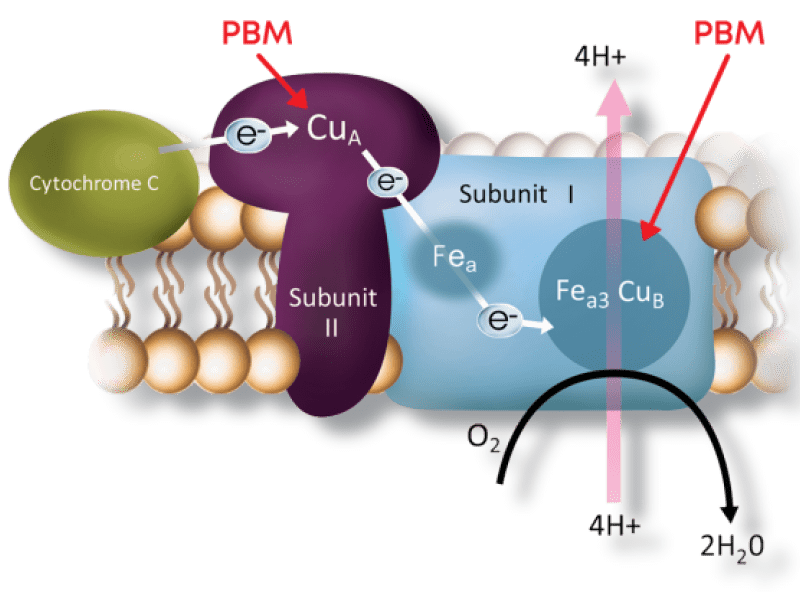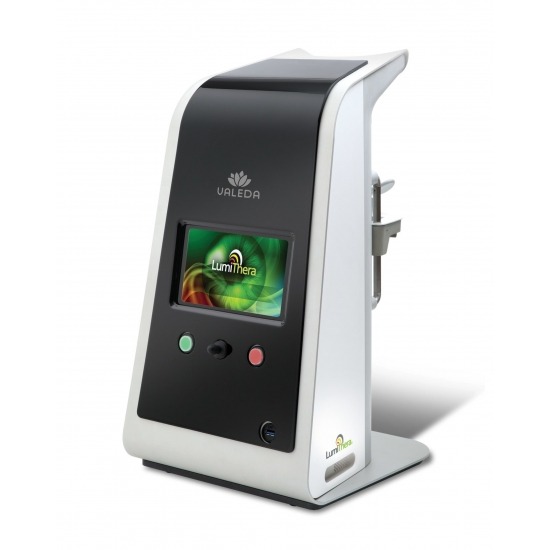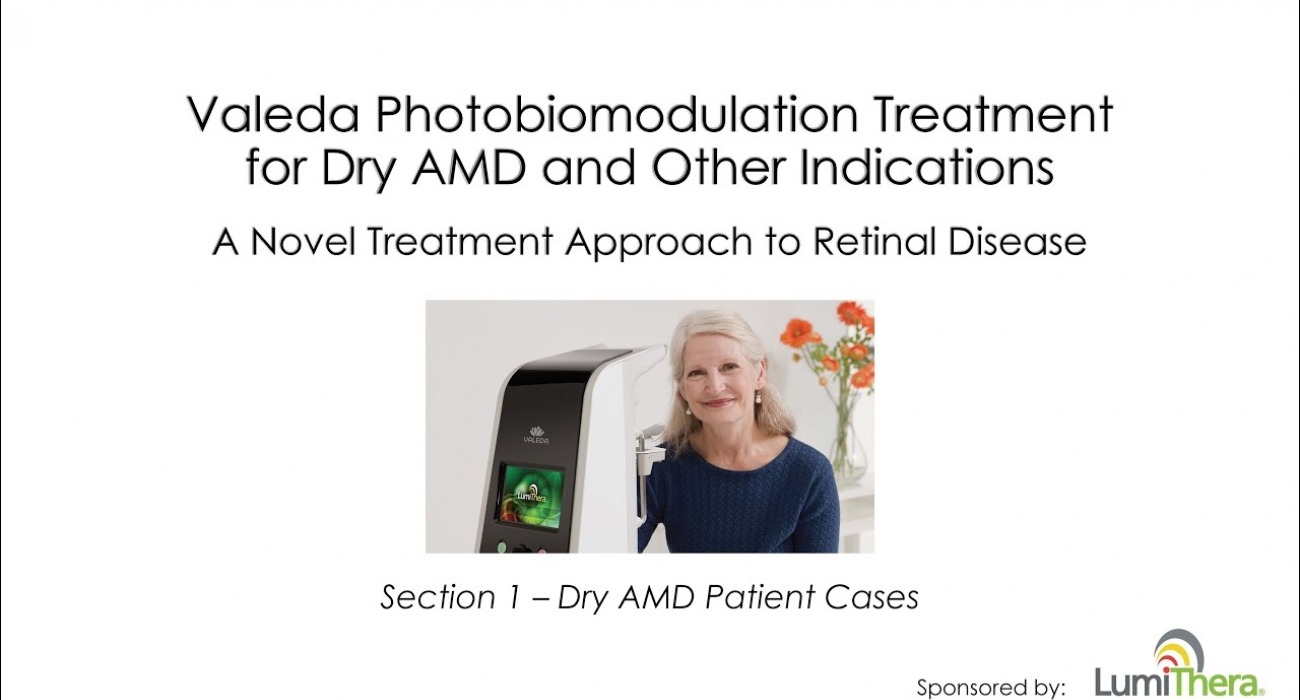Valeda Light Delivery System
The First Approved Treatment for Dry Age-Related Macular Degeneration Using Photobiomodulation.
LumiThera Introduces the Valeda Light Delivery System
Valeda is the first approved treatment for dry age-related macular degeneration (AMD) using photobiomodulation (PBM). Valeda uses a multi-wavelength approach to stimulate critical targets of cellular function, leading to improved energy production within the mitochondria.
AMD is the leading cause of blindness in adults over 65. Approximately 90% of patients with AMD have the dry form, and 10% have the wet form. LumiThera is at the forefront of the development of PBM treatments for patients with age-related macular degeneration and other degenerative ocular diseases.
The mechanism of photobiomodulation (PBM) at the cellular level has been ascribed to the activation of mitochondrial respiratory chain components resulting in stabilization of metabolic function and initiation of a signaling cascade, which promotes cellular proliferation and cytoprotection.
PBM works through the absorption of photons by photoacceptors in the targeted tissue. Once absorbed, secondary cellular effects include increases in energy production and changes in signaling modalities such as reactive oxygen species, nitric oxide and cellular calcium. Cellular changes occur through activation of transcription factors leading to modulation in protein synthesis, proliferation and ultimately improved cell survival.
PBM is currently used in physiotherapy, arthritis, wound repair and sports medicine and is increasingly being recognized as a therapy for the treatment of serious, life-threatening disease states.
The functions available are
Mitochondrial dysfunction and oxidative stress play a key role in age-related macular degeneration
The mechanism of photobiomodulation (PBM) at the cellular level has been ascribed to the activation of mitochondrial respiratory chain components resulting in stabilization of metabolic function and initiation of a signaling cascade, which promotes cellular proliferation and cytoprotection.
PBM works through the absorption of photons by photoacceptors in the targeted tissue. Once absorbed, secondary cellular effects include increases in energy production and changes in signaling modalities such as reactive oxygen species, nitric oxide and cellular calcium. Cellular changes occur through activation of transcription factors leading to modulation in protein synthesis, proliferation and ultimately improved cell survival.
PBM is currently used in physiotherapy, arthritis, wound repair and sports medicine and is increasingly being recognized as a therapy for the treatment of serious, life-threatening disease states.

Mitochondria produce energy to sustain normal cellular function
Cytochrome C oxidase (CCO), a critical protein involved in regulation of mitochondrial activity, has been shown to be a key photoacceptor of light in the far red to near-infrared (NIR) spectral range. Oxidative stress and impaired mitochondrial function may contribute to several ocular disorders. Retinal cells are one of the most energy-dependent cells in the body. PBM at selected wavelengths can directly stimulate the production of mitochondrial energy.





